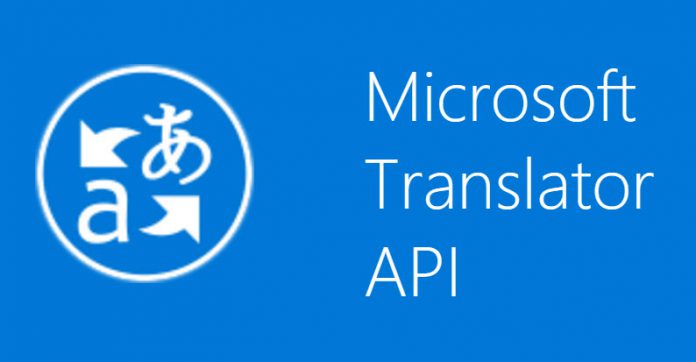This is not a new technology, but its implementation is fresh. Indeed, Microsoft Translators first gained neural machine translation (NMT) AI abilities way back in 2016. However, it was limited to online as the computing load for the translation models was too high. Since its launch, Microsoft has been continuing research on NMT implementation offline. One avenue the company explored on an Android device was to use a dedicated AI chipset. Now Microsoft says it has tweaked algorithms to ensure a dedicated CPU is unnecessary. Instead, the AI now works offline with a normal in-device CPU. The company is pushing this as a major breakthrough in translation technology. With NMT-powered offline packs, Microsoft says the quality level of offline translating has been significantly improved. In fact, the company cites a 23 per cent improvement. 50 languages are currently supported, which you can check out here. “These new NMT packs produce higher quality translations, which are up to 23 percent better, and about 50 percent smaller than the previous non-neural offline language packs.”
Offline Translation Improvement
The technology presents a step forward in terms of translation quality, compared to the industry-standard Statistical Machine Translation (SMT) technology. The technology captures the context of full sentences before translating them at a higher level, thus producing higher quality and a more natural, human-sounding output.




